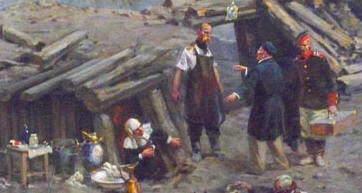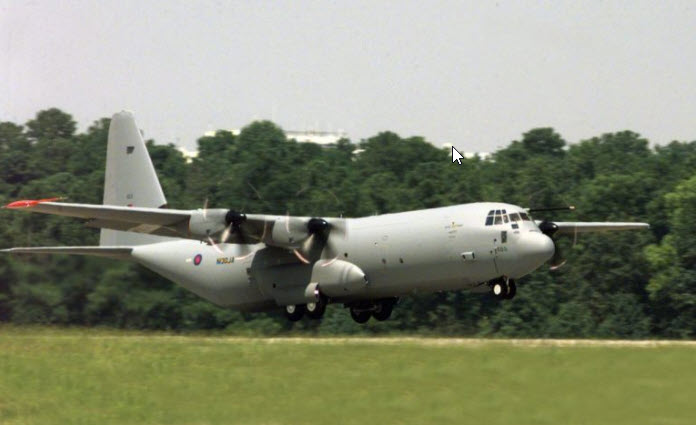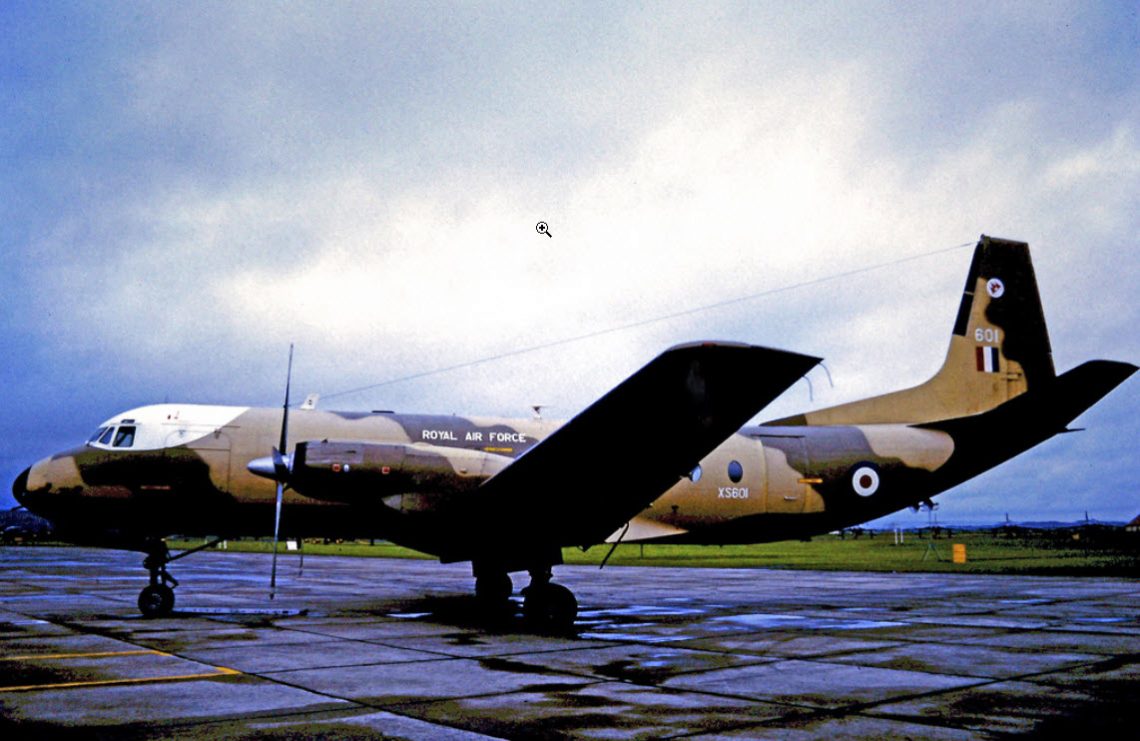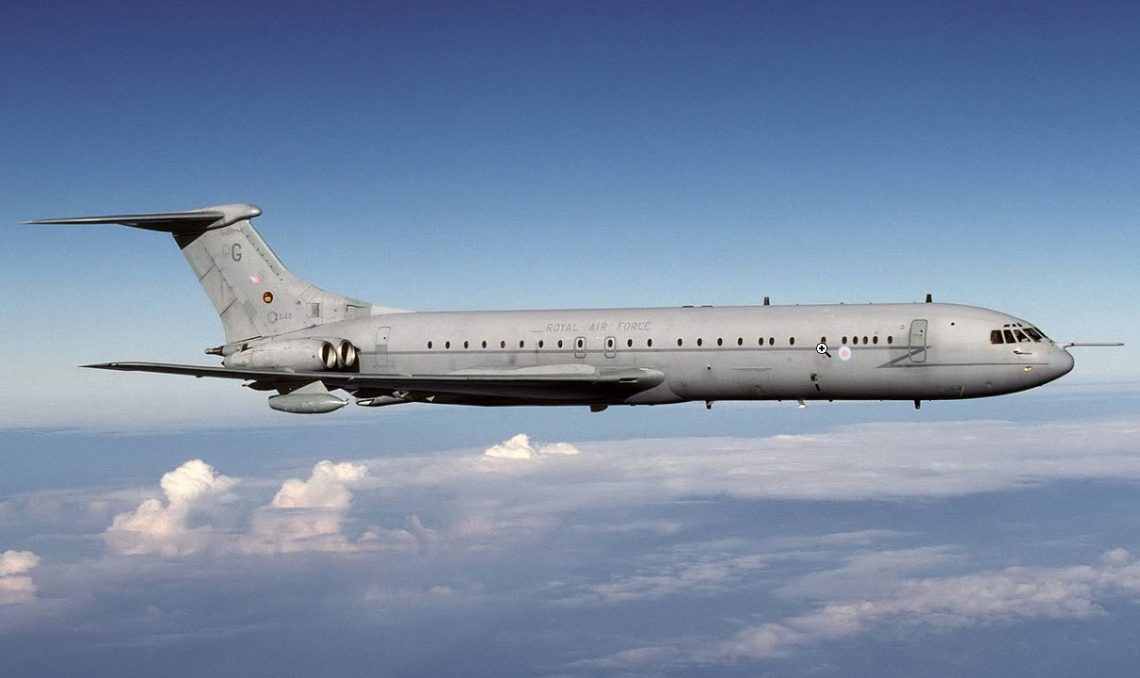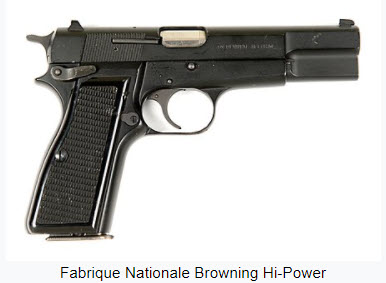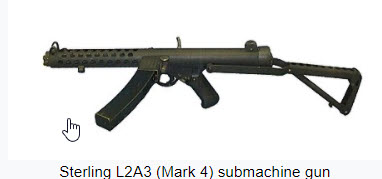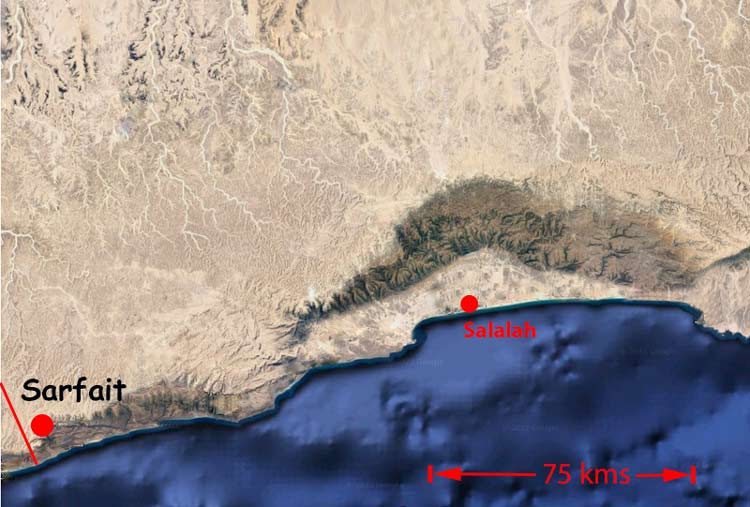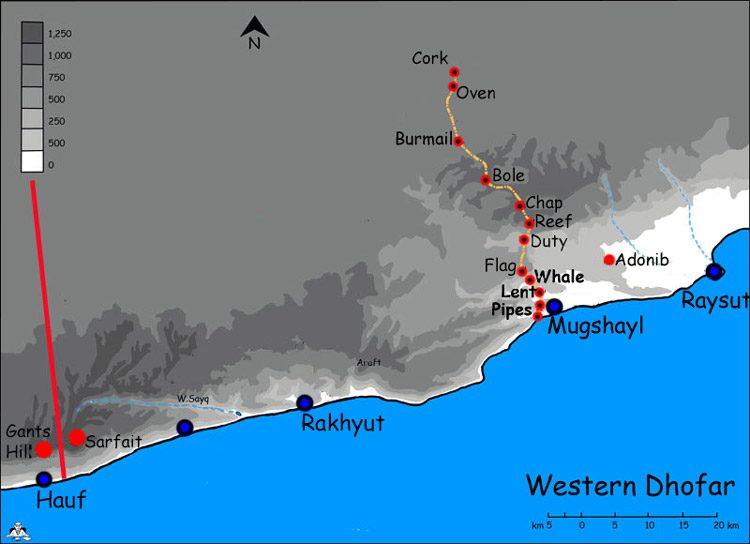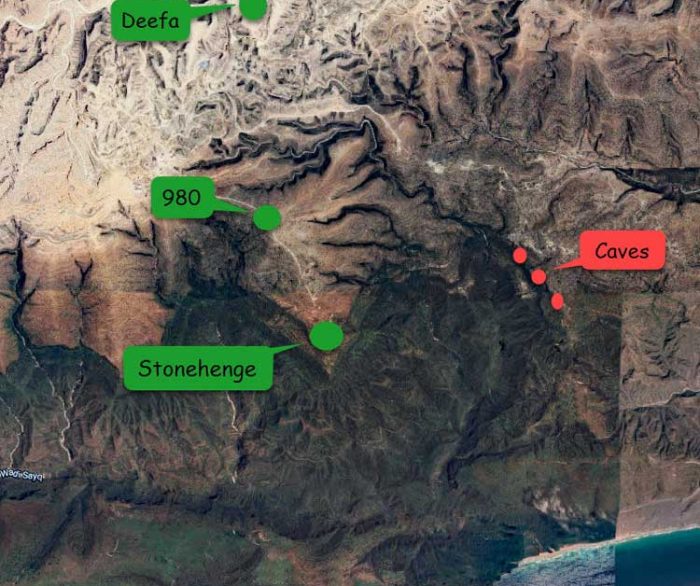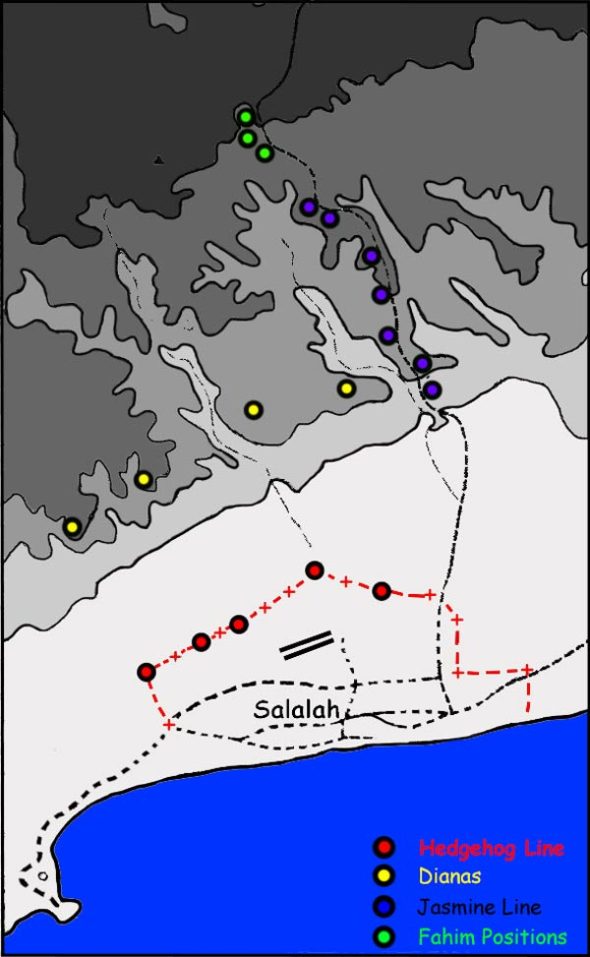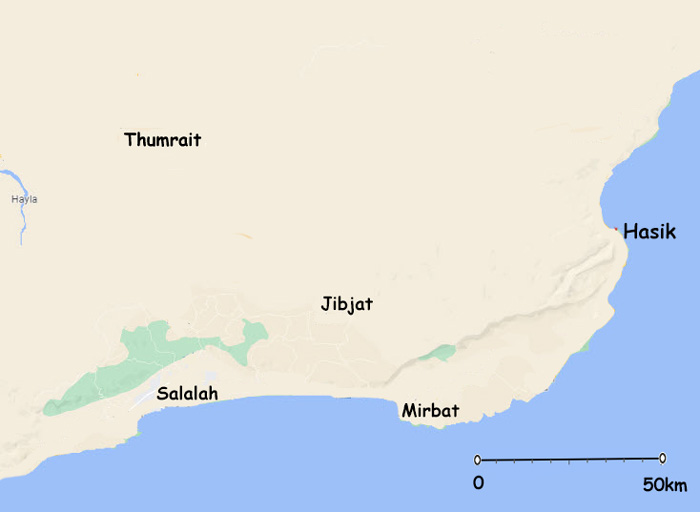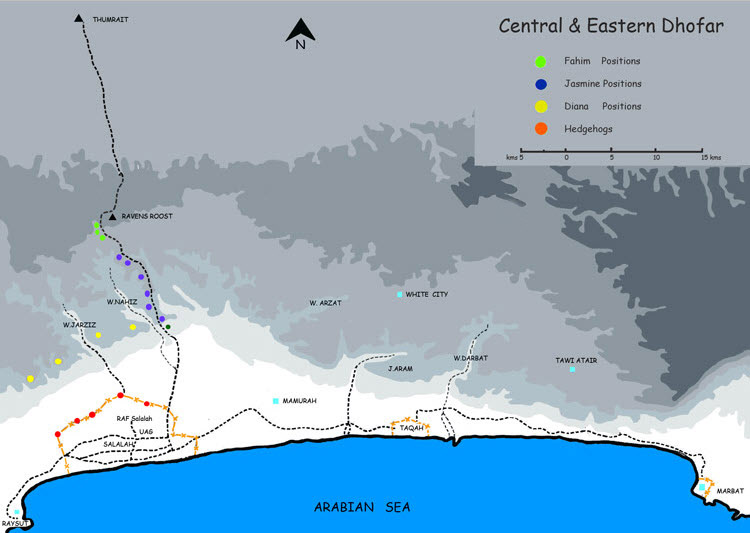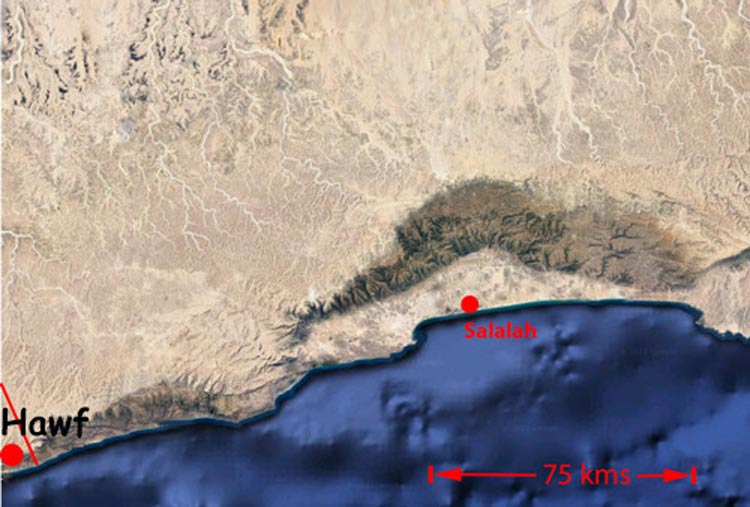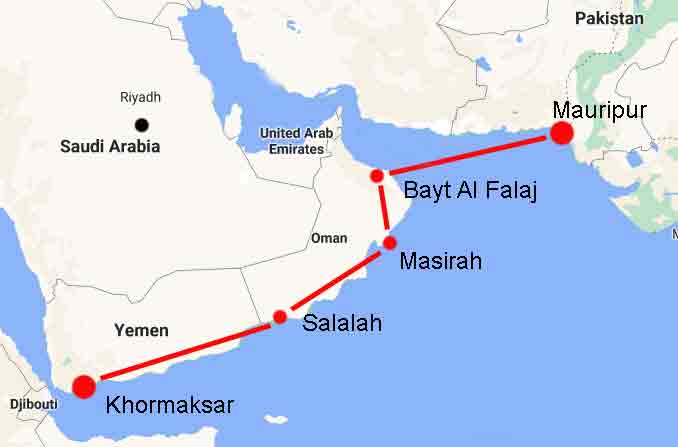
55 FST
The resident surgical medical presence, or FST in Salalah, was not always known as or called ’55FST’. Before 1972 there was a ‘5 FST’, a ’51 FST’ and a ’52 FST’. It was only after December 1971 that the name settled down as 55FST. (RAF ORB F540)
55 Field Surgical Team was manned, at different times by contingents from the Royal Army Medical Corps and the Royal Air Force Medical Services. At times RN personnel were present. This website originally largely referred to the RAMC. There have however been valuable contributions from former members of the RAF Medical Services. As time has gone by there have also been contributions from patients and from people who had nothing to do with the FST but just happened to be in Salalah in the 70s.
The “Johnston” 55FST was drawn from military hospitals in the UK and in BAOR. The team assembled near the Cambridge Military Hospital in Aldershot at 2 Fd hospital. Kit was issued, a triple dose of immunoglobulin was given to protect against hepatitis and some time was spent at Ash Ranges for familiarization with the SMG and 9mm Browning Pistol.
Transit to Salalah was via Brize Norton(?) by VC10 to Cyprus, onward to RAF Masirah by C-130 and then down to RAF Salalah by Andover. The change in climate from Aldershot to Masirah was a warning of what we might find in Salalah; heat, humidity and all invasive gritty dust.
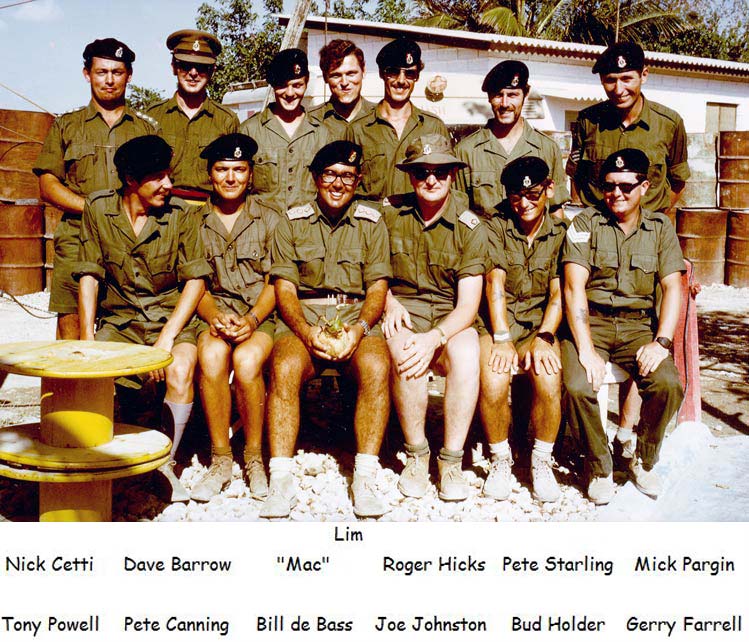
The surgical element of 55 FST was made up of three RAMC doctors
- Major Joe Johnston RAMC was OIC of the FST. A Senior Specialist in Surgery of many years experience from Tidworth Military Hospital. A general surgeon with a wide knowledge and experienced in trauma. The Irish element.
- Captain Bill de Bass RAMC was Specialist in Anaesthesia from BMH Rinteln. Formerly an MO in Colchester in Kirkee/McMunn Barracks, for the last three years he had been an anaesthetist. The Basque element.(I was not the first choice for 55FST. This is not surprising as I was inexperienced and had only just been graded as “Specialist”. Two other more senior anaesthetists had cited personal family or other reasons for not wishing to be deployed to Salalah. In hindsight I cannot thank them enough. The downside, for them, was that they missed out in what was perhaps one of the most challenging periods for the Salalah FSTs).
- Captain Nick Cetti RAMC performed the duties of resuscitation officer and camp medical officer. He was a Trainee in Surgery from The “Woolwich” who had previously been RMO to 1st Battalion the Scots Guards. He had spent nine months in Sharjah in 1970. Some Italian in there somewhere ?.
The core of the theatre team was made up of four Operating Theatre Technicians. Three worked as operating technicians and one largely as an anaesthetic technician.
- Sgt Gerry Farrell or “Radar” was the senior theatre technician and and had been detached from the hospital at Catterick.
- Cpl Bud Holder was, like Joe Johnston, from Tidworth Military Hospital
- L/Cpl Pete Starling from Islerlohn was the third operating theatre technician.
- Pte Pete Canning from BMH Rinteln was largely employed as my anaesthetic technician.
The diagnostic element of the FST came from two sergeants
- Sgt Dave Barrow from Munster filled the post of Laboratory Technician
- Sgt Roger Hicks from the Cambridge Military Hospital in Aldershot was tasked with radiography.
Nursing support came from three members of the team
- Sgt Mick Pargin of BMH Iserlohn was senior nurse.
- Sgt Lim from Akrotiri was his understudy
- “Mac” also from The Cambridge filled the role of SEN.
Last but not least the administrative backup.
- Cpl Tony Powell was the RAMC clerk who kept all(?) the paperwork in order.
Technically the Station Medical Centre belonged to the RAF. The RAF interface with 55FST was an RAF senior NCO.
- Chief Tech Brian Spice, who clearly thought that the RAMC were culturally closer to the adoo than to the RAF. A sentiment which I have no doubt was also shared by the station commander Sqdr Ldr Gerry Honey.
Several other medics passed through in the period that we were there when there was crisis of one sort or another. The first crisis was medical and arose when Joe Johnston succumbed to mumps; generally a trivial disease but as luck would have it not this time around. Joe was ordered, by the Station Medical Officer Nick Cetti, to rest in some air conditioning.
A surgeon called “Patrick” was sent out to help. Ten days after that the MOD sent Major Peter Craig, arriving in a C-130, to assess the situation. Swellings reduced, fevers had fallen. Joe was back up to speed. Five days later, following a valedictory curry in the dhobi mens’ lines, Peter headed back to civilisation in his Hercules.
55 FST – “Neither Fish nor Fowl”
In the context of modern NATO doctrine how should 55 FST have been classified ?
Role 1 Medical Facility. Certainly there was an element of Role 1 as shells, mortar rounds and bullets landed in and around the FST compound. The RCL round into the officers’ mess is one such example which qualifies the FST as being classified as such.
Role 2 Medical Facility as the FST’s primary task was to engage in Damage Control Surgery to stabilise the wounded and make them safe for onward medevac. Obviously the basic activity and prime role of the unit.
Role 3 Medical Facility in that some of the wounded were locals or contract soldiers who had final definitive surgery as they were not going to be evacuated beyond the confines of Dhofar. There was no hospital in Dhofar to effect such surgery and so the FST took on this role. The “Little Old Lady from the West” is a prime example.
Where did 55 FST come in the medical services order of battle ?
It didn’t really as it was the only active FST in the British Armed Forces at that time if one discounts the arrangements that rapidly came and went in Northern Ireland. It was a nuisance to have to administer one small tin-pot unit in a place they have never heard of on the shores of the Indian Ocean. The MOD advisors probably wanted to have their specialists there so that they could gain experience but that of course left them short on the home front ‘tween the devil and the deep blue sea. They had to scrabble around to staff established base hospitals when numbers were already critical at home and also fulfill their obligations in Dhofar. Some of the “volunteers” were keen to go there to gain experience whilst others did all they could to avoid the place.
The arrangements made or not made for casualty evacuation were lamentable. Unpressurised C130 was the norm unless perchance there happened to be a passing VC-10 through Masirah and then the casualties of this secret war had to be hidden from the other passengers who might start to ask questions. One member of BATT died partly as a consequence of a bumpy low level casevac to the Gulf.
Primarily of course it was inter-service dogs’ dinner, mostly RAMC but with the occasional RAF dish and a seasoning of Royal Navy. The reality for the “dogs” was that they were kept on short commons as nobody seemed inclined to take responsibility for the mongrel that had presented itself on their distant doorstep. The dogs might have howled to be fed but their howls were not heeded in Ludgershall other than with the occasional scrap.
FST of Yesteryear in the Crimea.
